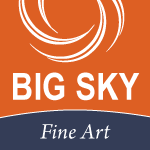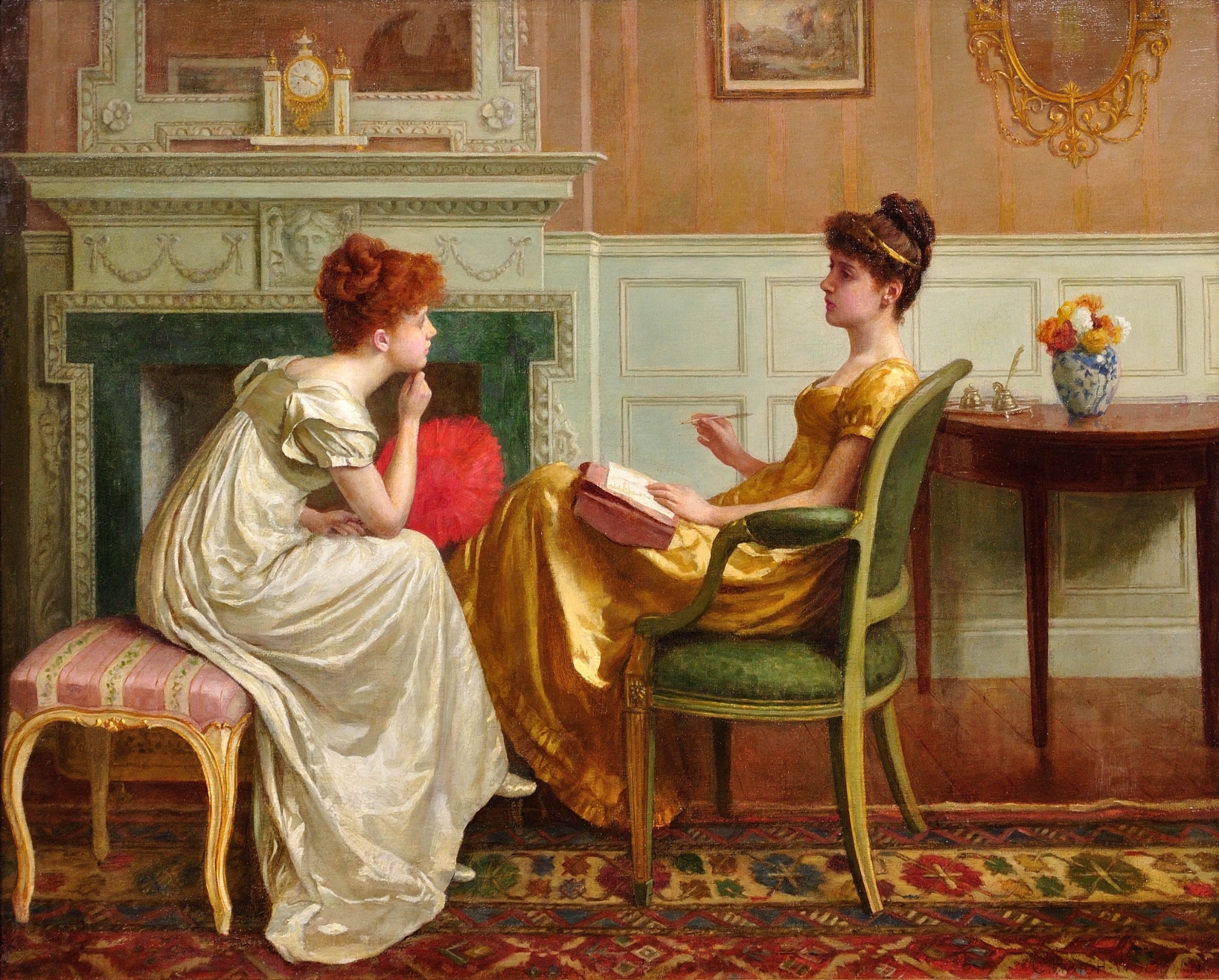SOLD
Charles Haigh-Wood
English ( b.1856 - d.1927 )
How long will it take him to propose to me? 1891
| Image size | 28.7 inches x 35.8 inches ( 73cm x 91cm ) |
| Frame size | 33.9 inches x 40.9 inches ( 86cm x 104cm ) |
This painting has been sold. For similar works, please enquire.



 How long will it take him to propose to me? 1891 - Haigh-Wood, Charles
How long will it take him to propose to me? 1891 - Haigh-Wood, Charles